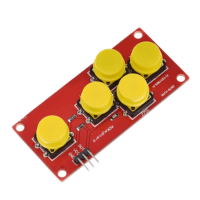How to Recover MySQL Database from ibdata1 File? – A Complete Guide

Your MySQL database/tables can get corrupted due to certain reasons. When the database is corrupted, you may fail to open or access the tables in it. Sometimes, you encounter random corruption-based errors, like Index for table ‘.\\mysql\\user’ is corrupt or Table ‘.\\mysql\\user’ is marked as crashed and should be repaired. In such cases, you need to restore the MySQL database to regain access. In MySQL, you can restore the database tables using different recovery methods. In this article, we will explain how to restore the MySQL database using the ibdata1 file.



